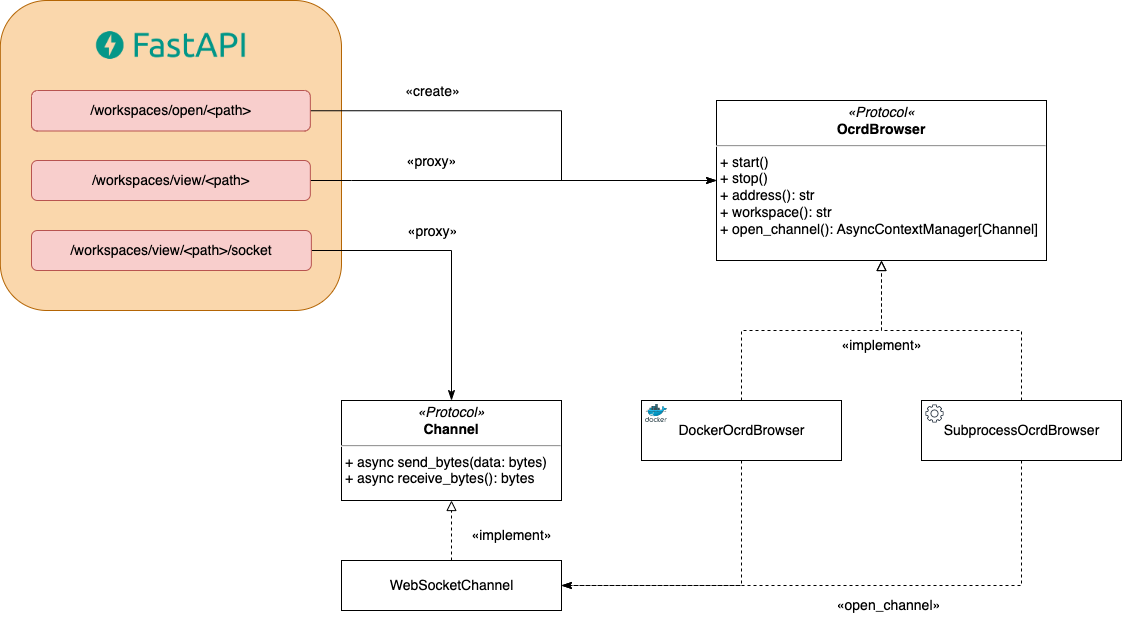Web frontend for ocrd_manager
The OCR-D Monitor web application allows monitoring the progress and results of OCR-D jobs. It is intended to be used together with the setup found in the ocrd_kitodo repository. You can find detailed instructions on how to deploy the Kitodo/OCR-D stack (entirely or partially) there.
The Monitor web server features
- (intermediate) results for all current document workspaces (via OCR-D Browser)
- a live log viewer
- a live job viewer
- 🚧 workflow editor
In order to work properly, the following environment variables must be set:
| Variable | Description |
|---|---|
| MANAGER_DATA | Path to the OCR-D workspaces on the host |
| MANAGER_WORKFLOWS | Path to the OCR-D workflows on the host |
| MONITOR_PORT_WEB | The port at which the OCR-D Monitor will be available on the host |
| MONITOR_PORT_LOG | The port at which the Dozzle logs will be available on the host |
Ideally, you use the services defined in docker-compose.yml by just doing:
docker compose up -d
docker compose down
Alternatively, there is a Makefile with stand-alone Docker calls.
Build or pull the Docker image:
make build # or docker build
make pull # or docker pull ghcr.io/slub/ocrd_monitor
Then run the container – providing the same variables as above:
make run # or docker run...
You can then open http://localhost:5000 in your browser (or the server host name and your custom $MONITOR_PORT_WEB).
The tests are intended to be run outside of a container, because some of them will set up containers themselves. You need to have a Python version >= 3.11 installed on your system.
The easiest way to run the tests is via nox:
-
Install nox – either via
pipxorpip(system-wide, user-wide, or in a venv). -
Run
nox
This will install dependencies and virtualenv for tests, and subsequently run them.
-
Install package along with runtime and dev dependencies via
pipor a project management tool likepdmpip install -e ".[dev]" # ... or ... pdm install -G dev -
Run
mypy --strict ocrdbrowser ocrdmonitor tests pytest -vv tests
Besides targets for stand-alone Docker calls at runtime, the Makefile also allows testing the Docker image. It deactivates those tests which cannot be run from within a container.
Run
make test
When opening a workspace OCR-D Monitor will launch a new OcrdBrowser instance (either as a Docker container or a sub process).
From there on it will proxy requests to the /workspaces/view/<path> endpoint to the browser instance.
If you have any questions or encounter any problems, please do not hesitate to contact us.

